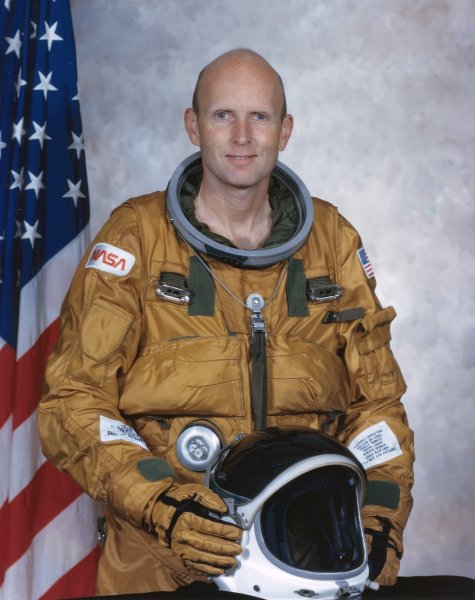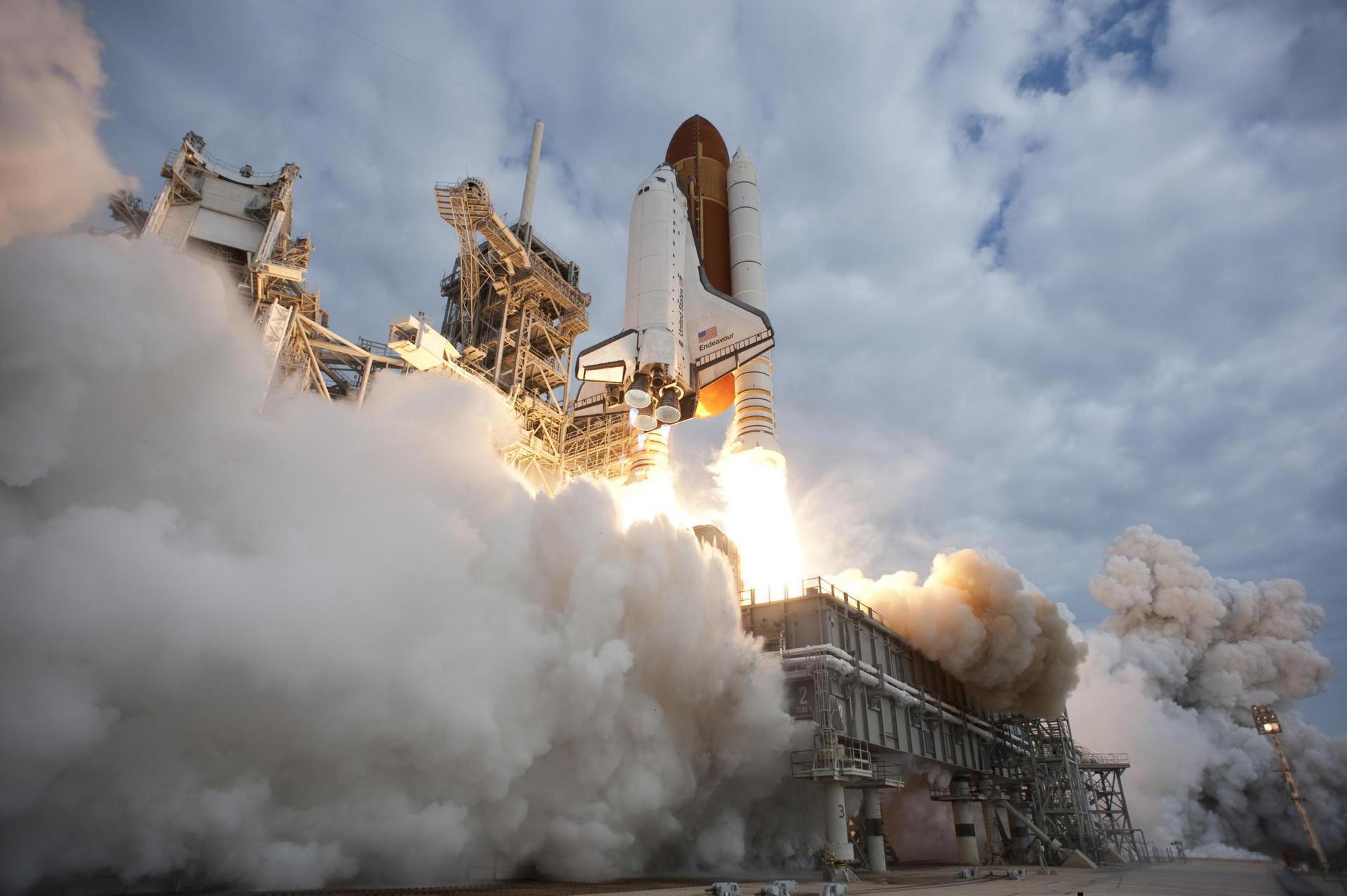C. Gordon Fullerton
American - (NASA)
Deceased
Date of Birth: Oct. 11, 1936
Date of Death: Aug. 21, 2013
Charles Gordon Fullerton was a United States Air Force colonel, a USAF and NASA astronaut, and a research pilot at NASA's Dryden Flight Research Facility, Edwards, California.[1] His assignments included a variety of flight research and support activities piloting NASA's B-52 launch aircraft, the Boeing 747 Shuttle Carrier Aircraft (SCA), and other multi-engine and high performance aircraft. Fullerton, who logged more than 380 hours in space flight, was a NASA astronaut from September 1969 until November 1986 when he joined the research pilot office at Dryden. In July 1988, he completed a 30-year career with the U.S. Air Force and retired as a colonel. He continued in his position of NASA research pilot as a civilian. Fullerton and his wife and their two children lived in Lancaster, California.
Space Shuttle Columbia / OV-102 | STS-3
National Aeronautics and Space Administration | United States of AmericaKennedy Space Center, FL, USA
March 22, 1982, 4 p.m.
Space Shuttle Challenger / OV-099 | STS-51-F
National Aeronautics and Space Administration | United States of AmericaKennedy Space Center, FL, USA
July 29, 1985, 9 p.m.
The National Aeronautics and Space Administration is an independent agency of the executive branch of the United States federal government responsible for the civilian space program, as well as aeronautics and aerospace research. NASA have many launch facilities but most are inactive. The most commonly used pad will be LC-39B at Kennedy Space Center in Florida.
Soyuz 2.1a
Obzor-R No.1
43/4 (43R) - Plesetsk Cosmodrome, Russian FederationNote: Assignment of payloads to this launch is uncertain. The Russian Obzor-R satellite is a planned X-band radar earth observation satellite desi…
LVM-3 (GSLV Mk III)
BlueBird Block 2 #1
Satish Dhawan Space Centre Second Launch Pad - Satish Dhawan Space Centre, IndiaAST SpaceMobile’s Block 2 BlueBird satellites are designed to deliver up to 10 times the bandwidth capacity of the BlueBird Block 1 satellites, requi…
Long March 12A
Demo Flight
Long March 12A Pad - Jiuquan Satellite Launch Center, People's Republic of ChinaFirst test launch of CASC/SAST’s Long March 12A rocket, with a dummy payload. The rocket’s 1st stage attempted to land on a landing pad about 300 km …
HANBIT-Nano
Spaceward
HANBIT Pad - Alcântara Space Center, Federative Republic of BrazilMaiden orbital launch attempt for the South Korean start-up Innospace and its HANBIT-Nano small launch vehicle. Onboard this flight are five small sa…
H3-22
Michibiki 5 (QZS-5)
Yoshinobu Launch Complex LP-2 - Tanegashima Space Center, JapanQZSS (Quasi Zenith Satellite System) is a Japanese satellite navigation system operating from inclined, elliptical geosynchronous orbits to achieve o…



